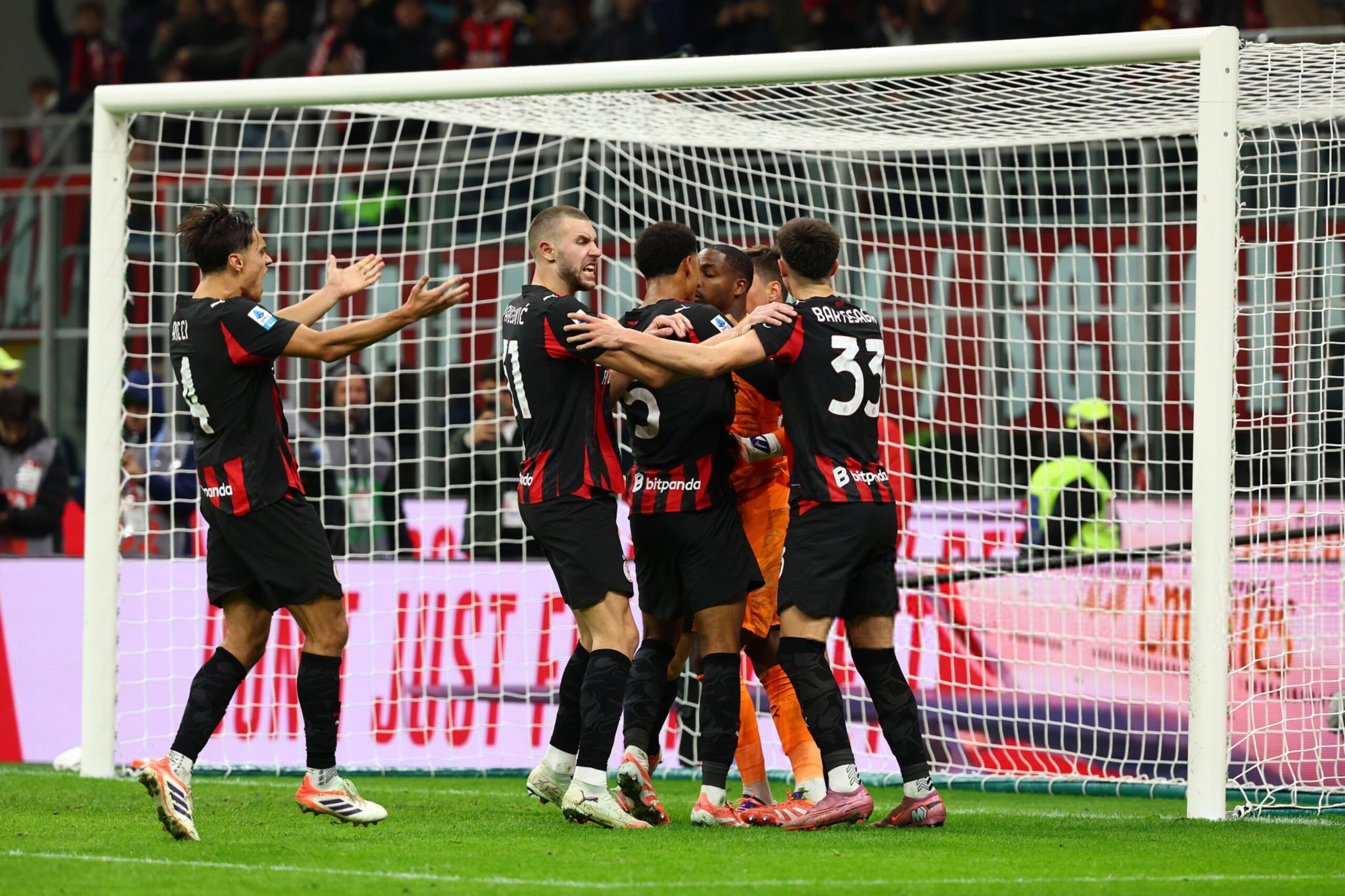The football transfer market today looks nothing like it did ten years ago. Clubs now spend huge amounts of money on young players who are still developing, sometimes even more than what proven international stars used to cost. This isn’t just inflation or wealthy owners spending freely, it reflects a major change in how top teams build their squads and try to stay competitive.
The financial scale has gotten so massive it ripples through connected industries, from broadcasting to sponsorships. Even sectors like arab live casino operations back clubs partly because transfer window drama generates the kind of global attention that advertising budgets can't buy.
Multiple forces collided to create this environment. Fees that caused outrage five years ago now seem almost quaint. The entire ecosystem shifted, changing how clubs approach squad building and long-term planning.
Why Young Players Cost So Much Now
Television money changed everything starting around 2015. The Premier League's broadcast deals brought in billions, but other major leagues followed with their own massive contracts. Suddenly mid-table clubs had budgets that would've made them wealthy a decade earlier. When everyone's flush with cash, prices rise across the board because selling clubs know buyers can afford more.
Financial Fair Play rules, flawed as they are, nudged clubs toward youth development. Homegrown players don't hit your books the same way as big-money signings do for accounting purposes. This created extra demand for promising youngsters, which naturally drove their prices up.
Don't discount social media impact either. Young players with substantial Instagram followings bring marketing value separate from their football ability. Clubs understand that signing exciting teenagers generates buzz, moves merchandise, and connects with younger demographics that established stars might not reach as effectively.
How Elite Teams Adapted
Top clubs split pretty clearly on transfer philosophy. Some still prefer buying proven stars in their prime, higher wages accepted in exchange for immediate contributions. Real Madrid traditionally operated this way. Sign the best available talent regardless of age, trust that quality delivers trophies.
Others went heavily toward youth-focused approaches that make financial and competitive sense. Dortmund built an entire business model around finding teenage prospects, developing them 2-3 seasons, then selling for enormous profit. Haaland and Bellingham both arrived for manageable fees and left for nine figures. Research from CIES Football Observatory shows Dortmund generated over 800 million euros in term of transfer profits during the past decade through this strategy.
Premier League clubs mostly run hybrid systems. They buy expensive young talent while also competing for prime-age stars when needed. Look at Chelsea's recent spending, multiple signings under 23 for big money, gambling that several develop into elite performers. Not all pan out, obviously, but those who do provide value far exceeding purchase price.
The risk assessment changed completely. Paying 80 million euros for an unproven 21-year-old used to seem crazy. Now clubs view it as potentially smart investment. Player develops well? Value might double. Even moderate success usually means breaking even on resale. Complete busts hurt, sure, but clubs with deep pockets absorb occasional failures.
What This Means for Different Club Levels
Top-tier operations with massive revenues still compete for anyone available. Manchester City, PSG, clubs at that financial level don't get priced out. They might pay premium fees, but their budgets handle it.
Second-tier clubs, historically strong sides without unlimited money, face tougher decisions. They can't match the biggest spenders on multiple expensive signings every window. This group increasingly targets selling clubs' best young players before they hit true elite status, hoping to develop them further before bigger clubs arrive. In fact, Leicester City's model worked brilliantly with Kanté and Mahrez but gets harder as competition intensifies.
Selling clubs benefit hugely from inflated prices. Portuguese, Dutch, Belgian, French clubs outside PSG became talent exporters, funding entire operations through player sales. Benfica, Ajax, Lille routinely sell players for 50 to 70 million euros who cost almost nothing initially, creating sustainable models built on development rather than matchday or broadcast income.
















